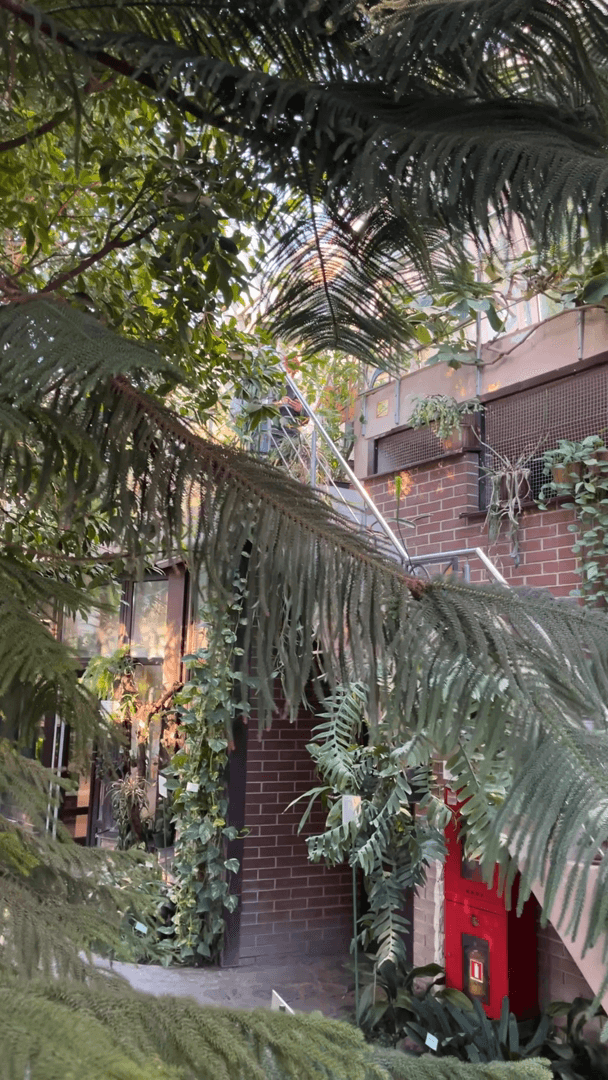
AUSTRIA LAUNCHES MEDIA CAMPAIGN: “THAT IS HUNTING” FACE is pleased to announce its support in the launch of the Austrian information campaign “Das ist Jagd” (“That is Hunting”) by Jagd Österreich, FACE’s national member. The campaign aims to dispel misconceptions about hunting and highlights the core values and societal importance to a broader audience. The “Independence Day of hunting” event on July 4th was held in multiple locations around Vienna and was attended by key leaders in Austrian and international hunting and conservation organisations, including the Landesjägermeister (State Hunting Directors) and Bezirksjägermeister (County Hunting Directors), as well as local and national government representatives and politicians. FACE was represented by Tristan Breijer, Policy Advisor for Social Acceptance of Hunting, who is coordinating FACE’s national efforts for social acceptance. Lutz Molter, Deputy Secretary-General of Jagd Österreich, explains the background to the campaign: “
Post: 29 November 17:47















































